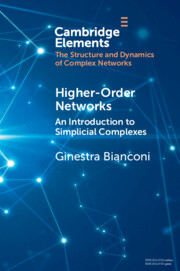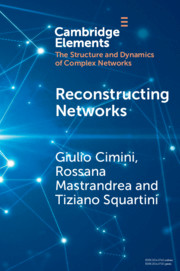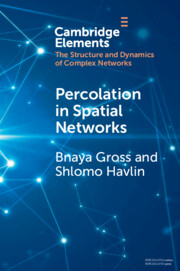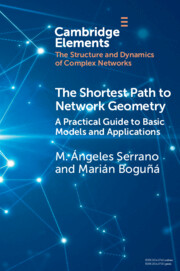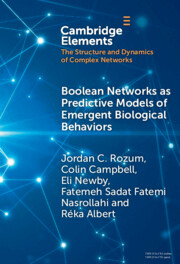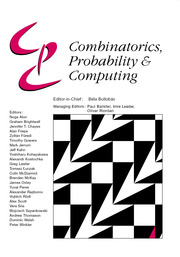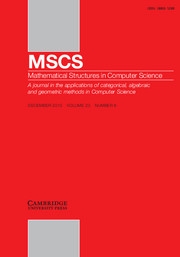Higher-Order Networks
Higher-order networks describe the many-body interactions of a large variety of complex systems, ranging from the the brain to collaboration networks. Simplicial complexes are generalized network structures which allow us to capture the combinatorial properties, the topology and the geometry of higher-order networks. Having been used extensively in quantum gravity to describe discrete or discretized space-time, simplicial complexes have only recently started becoming the representation of choice for capturing the underlying network topology and geometry of complex systems. This Element provides an in-depth introduction to the very hot topic of network theory, covering a wide range of subjects ranging from emergent hyperbolic geometry and topological data analysis to higher-order dynamics. This Elements aims to demonstrate that simplicial complexes provide a very general mathematical framework to reveal how higher-order dynamics depends on simplicial network topology and geometry.
Product details
No date availableAdobe eBook Reader
9781108805421
0 pages
Table of Contents
- 1. The relevance of higher-order networks in network science
- 2. Combinatorial and statistical properties of simplicial complexes
- 3. Simplicial network topology
- 4. Simplicial network geometry
- 5. Emergent geometry
- 6. Higher-order dynamics: synchronization
- 7. Higher-order dynamics: percolation
- 8. Higher-order dynamics: contagion models
- 9. Outlook
- References.

